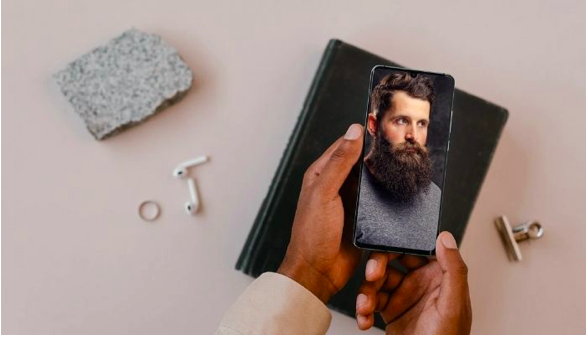There is no doubt the role of the creative director has changed over the last decade. Powerhouse creative directors have been a staple of the marketing and advertising industries for decades, with these professionals avoiding most of the work outside their creative sector. Bennet Schwartz believes the recent history of the creative director shows how the role has changed with the introduction of new technologies. Marketing has moved away from the traditional mainstream media towards the use of social media platforms and interactive options.
What is a Creative Director?
Bennet Schwartz believes the importance of the creative director role should not be understated. In the case of Schwartz and his team, the role of technology has changed the approach to each project. The creative director has been part of the advertising industry for decades and was one of the most powerful at each agency. The traditional role of the creative director was to have the initial idea and create a roadmap to move the agency to the endpoint of a project.
Rasmussen University describes the work of the creative director as the head of the creative team. The creative director role gives a single individual the ability to manage their design team. By playing a role as the head of creativity, Bennet Schwartz reports his role is to make sure every detail of the project fits into the overall vision.
Brand Identity and the Creative Director
The introduction of technology has changed the role of the creative director in many ways. Schwartz believes the rise of technology in the 21st-century has changed a lot of the work the creative director does to create a brand identity. The creative director once looked at brand identity through a single lens to focus on print, radio, or TV. The creative director is now concerned with ensuring their message is identified by consumers across multiple platforms.
Creative directors were given a privileged position in the past, with most looking at their role as creating ideas and leading their creative team. In the modern age, the role has changed as an online presence must be scaled to fit onto screens of multiple sizes. The work of a creative director takes in minute details that allow a brand to be recognized by its followers in physical form, on social media, and in print. Brand identity is a buzzword of the technological era and will remain in place as creatives take control of marketing at all levels.
Heading a Different Team
The history of the creative director saw professionals sitting at the top of a team of writers and artists. A range of creative professionals would work together to achieve the vision of the director to bring their vision to life. The modern creative director works with an array of different professionals to bring a vision to life. The Agency Management Institute explains the traditional writer and artists have been replaced by social media specialists. Social media experts are given creative control to plan a marketing campaign that will create an interactive experience for potential customers.
The creativity of individuals is being prioritized by marketing agencies, with the creative director taking a leadership role. In the modern world, creative directors are heading teams of artists and social media specialists who are allowed to follow their vision. The marketplace for creatives is evolving to include clients who want to be made aware of the track record of success each agency has achieved. The creative director plays their role in this marketplace by assembling a team that will deliver the message required by each client.
Mobile Ad Units
Smartphone technology has become the dominant factor in the marketing industry. As technology moves forward and the use of ads becomes focused on mobile technologies, the Smartphone sector continues to grow. Clients are looking at how many ad units are recorded on Smartphones using different platforms. Platforms for marketing and advertising are expanding to include a range of social media groups, including the latest video streaming options. Twitch and Instagram have joined YouTube as giants of video streaming for experts in marketing technologies.
The development of relationships between social media influencers and brands continues to drive campaigns across the board. In the last five years, the rise of TikTok has added a way of reaching younger consumers and driving traffic to their Smartphones. YouTube remains a powerful tool for creative directors to explore, with influencers being targeted on new media platforms. That is not to say radio and TV are not powerful tools for creative directors who know the audience they want to reach.
The role of the creative director has always included the use of technology as a driving force. In the 1950s, advertising creative directors moved into the new era of television. The latest technology always brings changes to the advertising and marketing sectors, with creative directors needing to adapt to survive.




